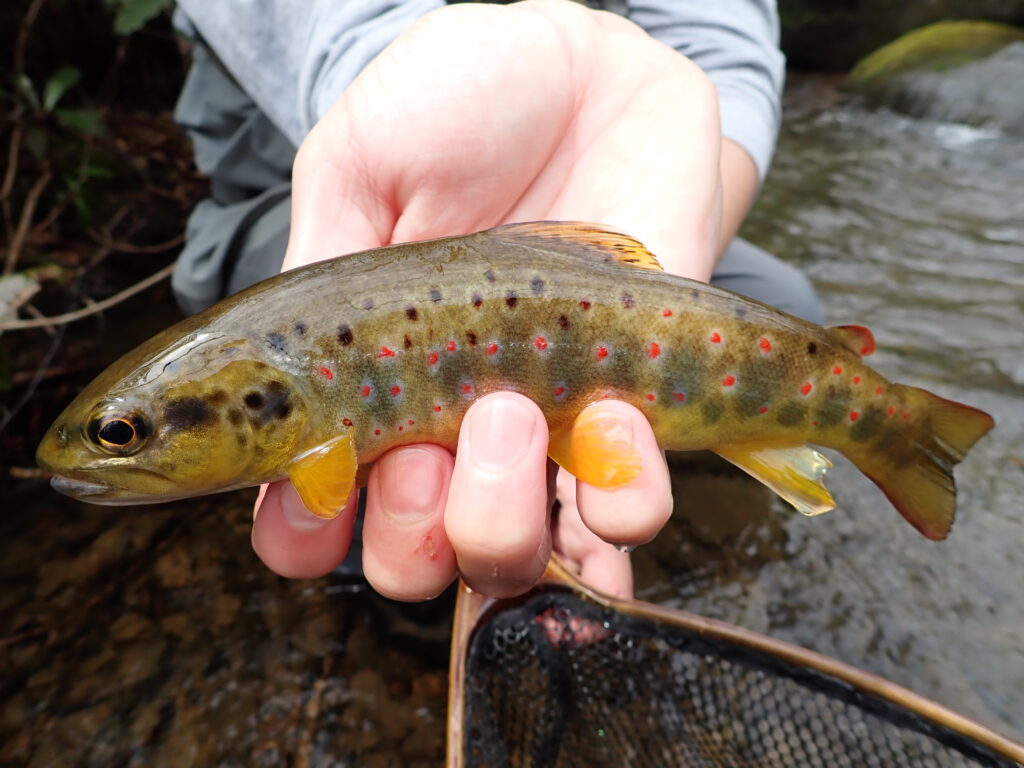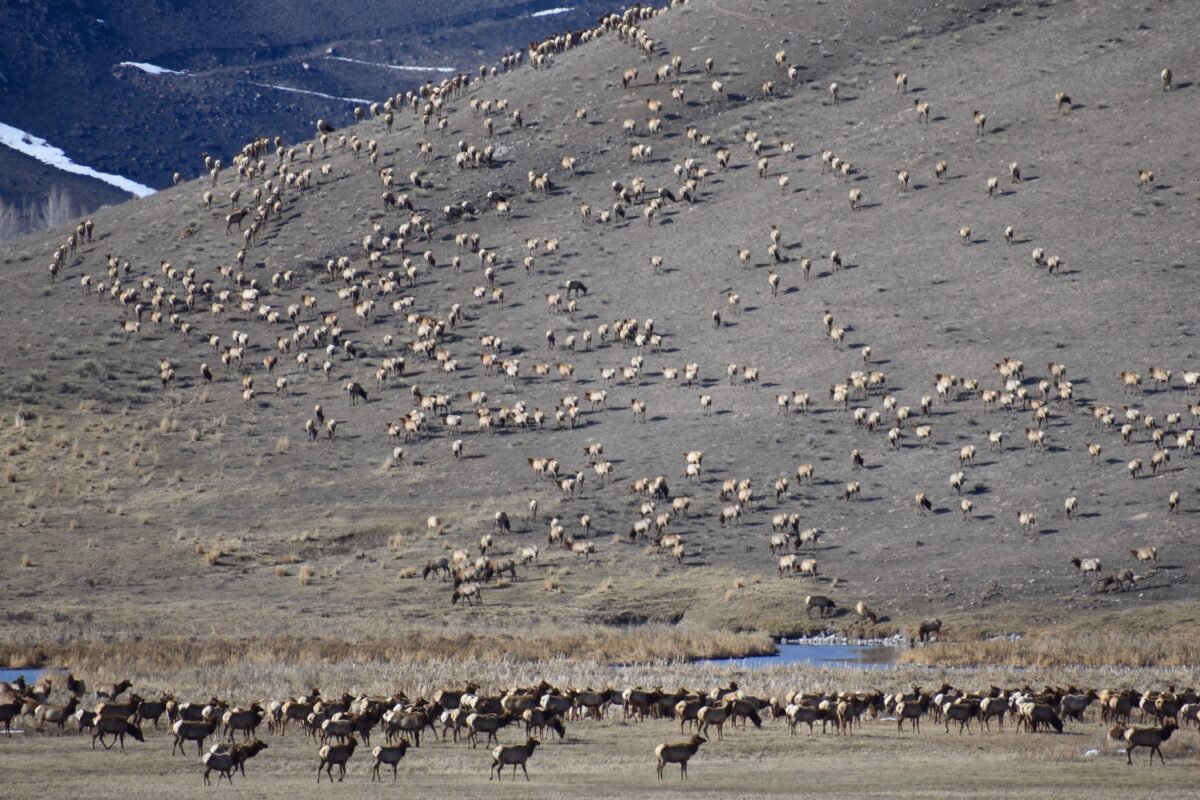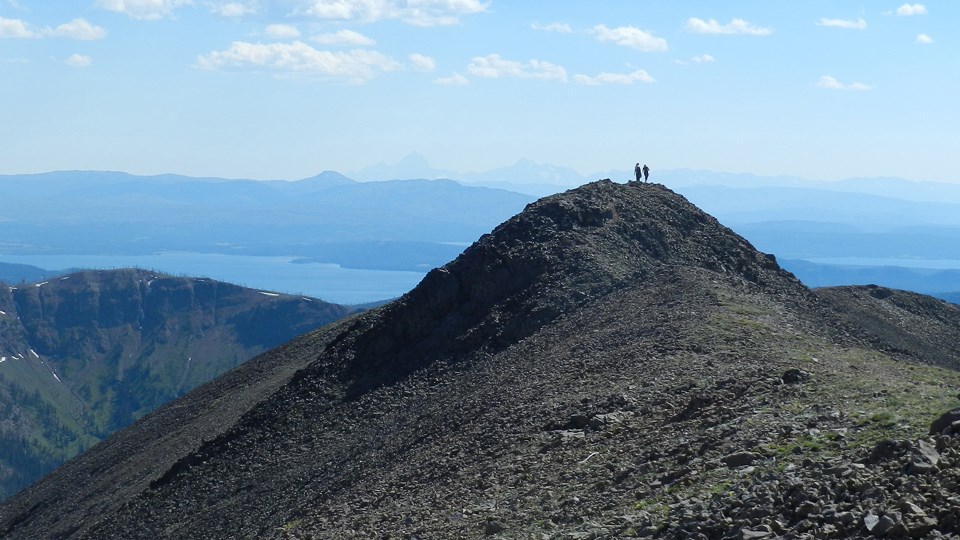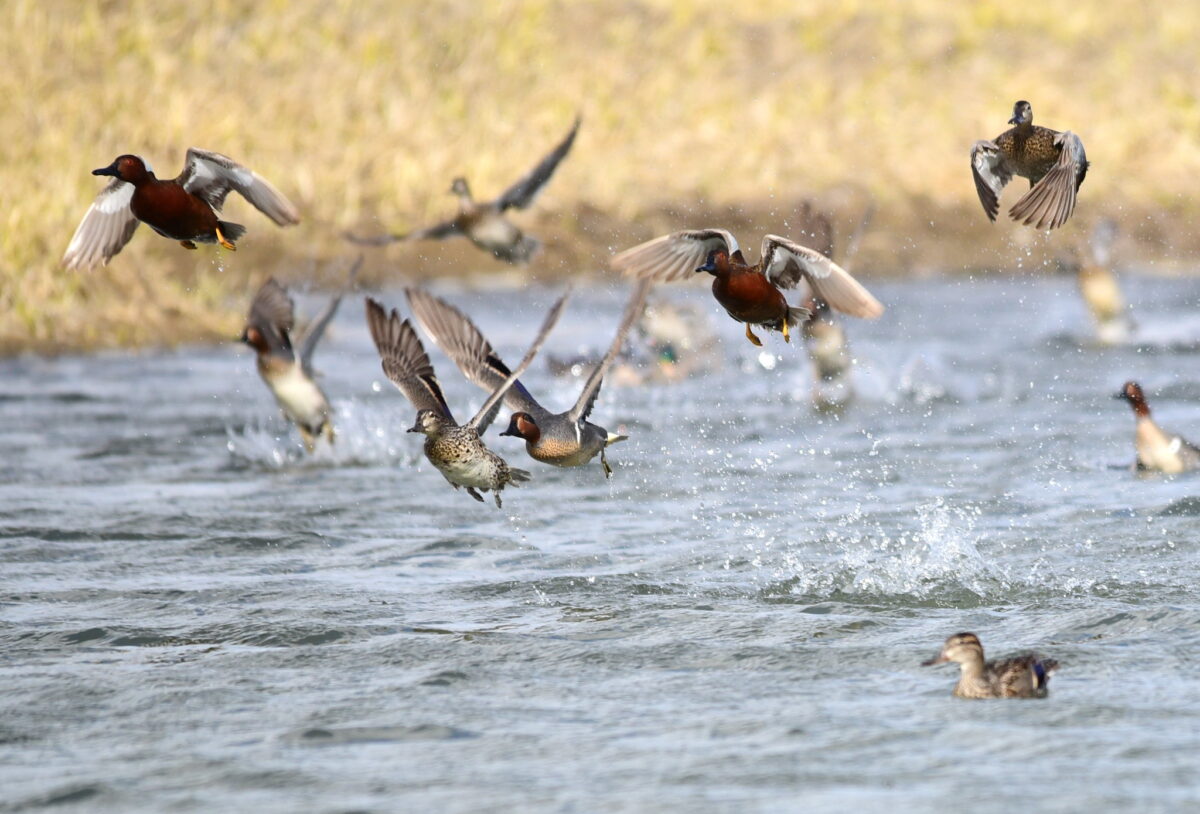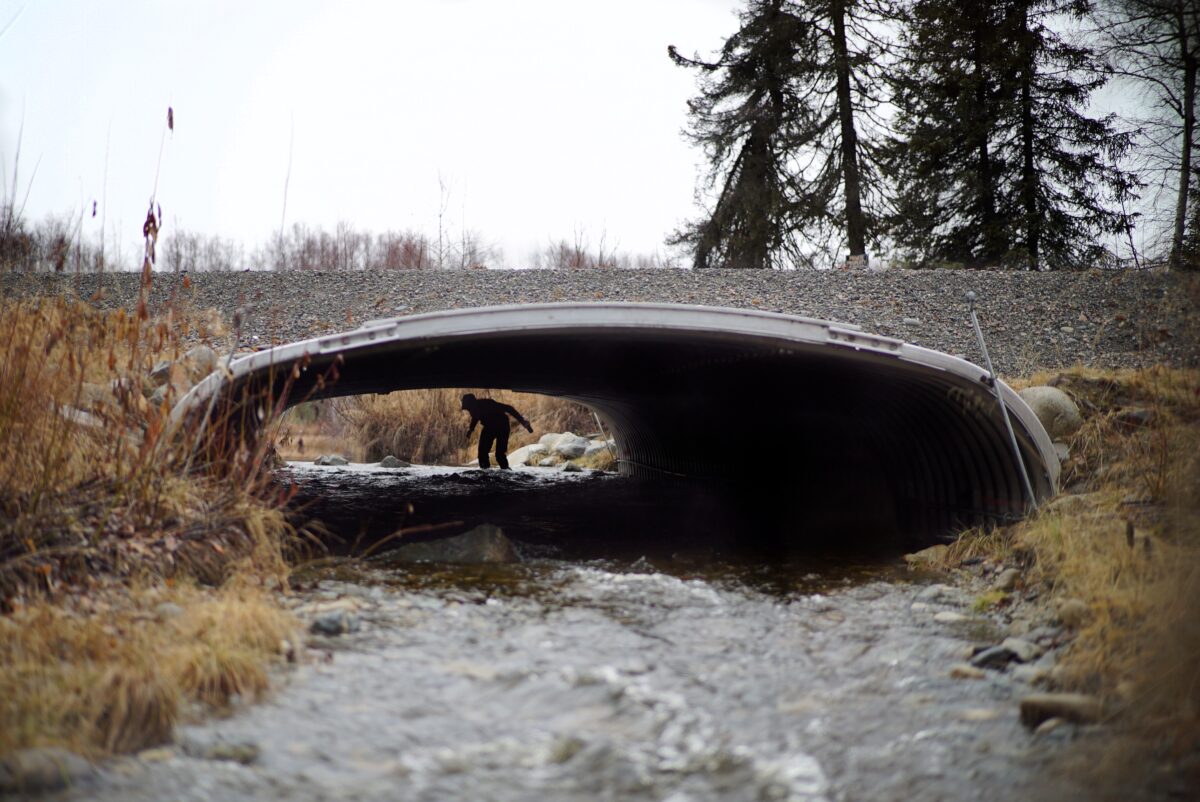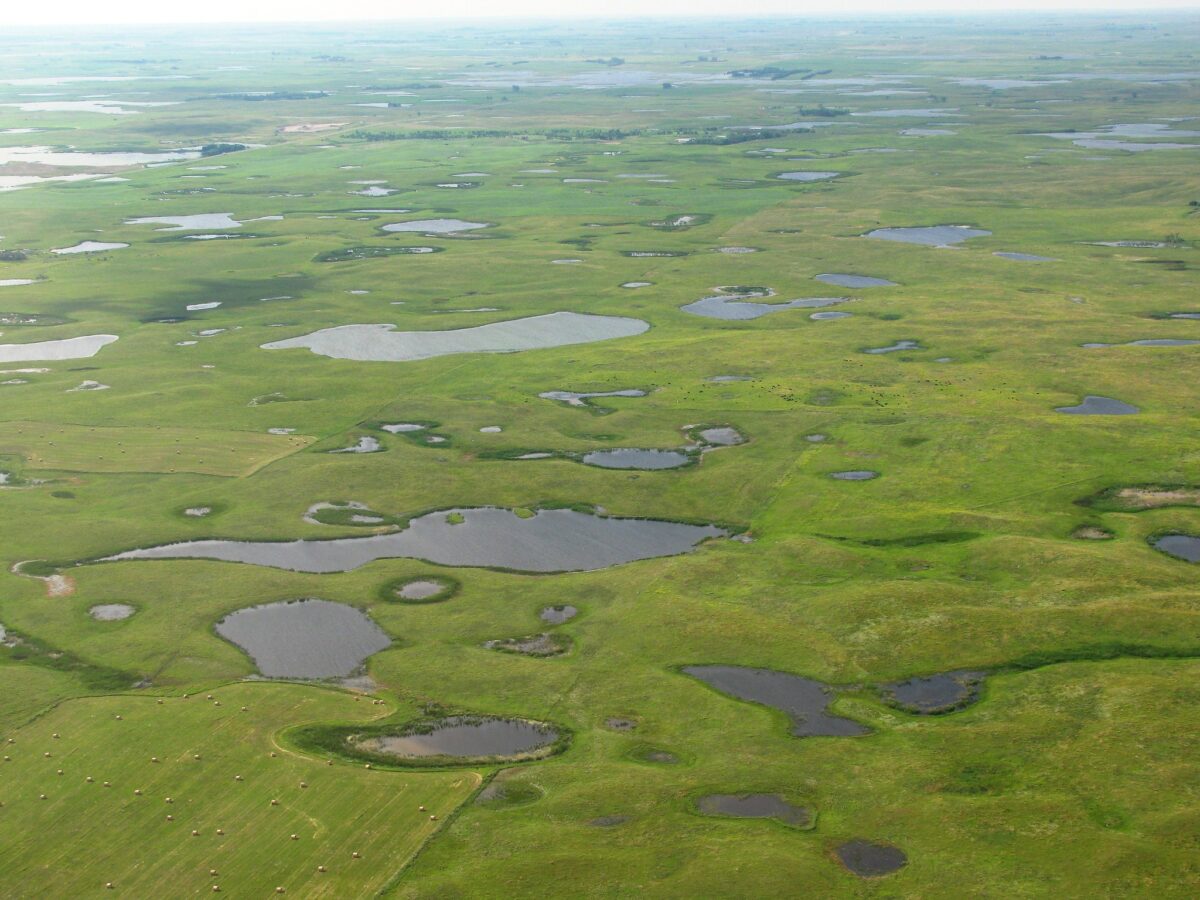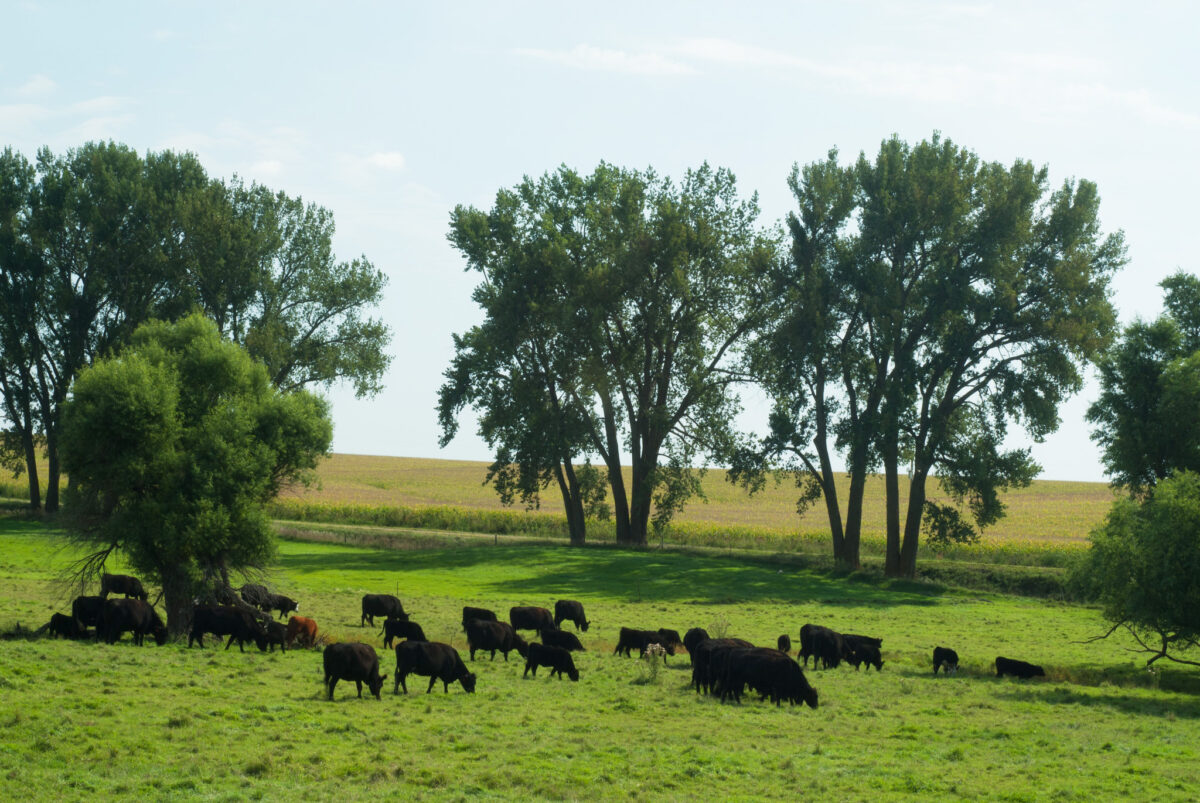The Northcentral Stream Restoration Partnership’s project work in the Bay’s watershed, supported by the state’s Environmental Stewardship Fund, has improved over 25 miles of streams at 184 sites.
Pennsylvania has approximately 86,000 miles of streams and rivers. Unfortunately, current and past land use practices have negatively impacted this vast resource. Many streams in the Chesapeake Bay watershed are considered impaired by the Pennsylvania Department of Environmental Protection. One of the common impairments in the Bay watershed is excessive nutrient enrichment and sedimentation in agricultural settings, due to human-caused erosion.
In 2007, a partnership among the Pennsylvania Fish and Boat Commission, the Northcentral Pennsylvania Conservancy, the Pennsylvania DEP’s Northcentral Regional Office, and the local County Conservation Districts was formed to tackle stream restoration and watershed stabilization in the Chesapeake Bay watershed. Referred to as the Northcentral Stream Restoration Partnership, the group has worked diligently to address watershed health since its inception. In fact, since the first season of project implementation in 2009, the partnership has improved over 25 miles of streams at 184 sites. From its 2007 formation through 2022, the partnership has utilized $4.3 million in funding to complete these projects. Of this total, a full $3.3 million was provided by Pennsylvania’s Growing Greener Plus Program, which is supported by the commonwealth’s Environmental Stewardship Fund. Like the state’s Keystone Recreation, Park and Conservation Fund, the ESF is a funding source for Community Conservation Partnership Program grants.
Streamside Restoration to Combat Erosion
While some erosion in a stream channel is a natural part of the stream hydrology, excessive erosion can release too much nitrogen and phosphorus-laden sediment into the stream which can cover the stream bottom, destroy aquatic habitats, and reduce the diversity and abundance of aquatic life. This is where the Northcentral Stream Restoration Partnership comes into play.
The partnership strives to restore the watersheds of northcentral Pennsylvania while maintaining a working agricultural landscape. We focus on a collaborative, low-cost approach to stream restoration. This involves working with the local landowners to advance stream corridor restoration projects that will reduce nonpoint source pollution, or excessive nutrient and sediment inputs in agricultural settings. A typical project involves livestock exclusion fencing, creating stable agricultural stream crossings, riparian buffer plantings, and the installation of in-stream habitat improvement devices.
The PFBC Stream Habitat Section works with the partnership to design and construct these in-stream habitat improvement devices, which not only provide fish habitat, but also stabilize eroding stream banks. Common improvement devices include mud sills and log vane deflectors. Mud sills are structures at the water’s edge that form undercut banks and are used on steeper stream banks to remove pressure from the banks, providing a great way to stabilize erosion while also generating an excellent source of overhead cover for fish. By comparison, log vane deflectors are used to divert the flow of water away from the stream bank toward the center of the stream channel, thus reducing stream bank erosion.
The Pennsylvania DEP’s Northcentral Regional Office, Northcentral Pennsylvania Conservancy, and the local county conservation districts administer the implementation funding and design; install livestock exclusion fencing and stable agriculture stream crossings; and plant streamside trees and other native vegetation in a riparian buffer.
Methods Ideal for Streams in Agricultural Settings
Installing habitat improvement devices, exclusion fencing, agricultural stream crossings, and riparian buffers offers an ideal way to achieve a healthy watershed in a working agricultural setting. Livestock exclusion fencing and stable stream crossings are critical to stream bank stabilization and watershed restoration, while the riparian buffer, planted between the exclusion fencing and the stream, serves many benefits. Roots stabilize stream banks, reduce the amount of sediment that enters the water, and absorb nutrients; mature trees and other plants provide shade to keep the water cooler; and the woody debris and leaf litter that falls into streams helps form the base of the food chain and provides habitat for fish and other aquatic organisms, including important insects.
The partnership’s efforts are continuing strong in 2023. A current focus of the partnership is Turtle Creek watershed in Union County. This area is predominately an agricultural landscape, and the creek is currently impaired due to excessive siltation. The project started with one landowner contacting the Union County Conservation District to request help with bank erosion occurring in his pasture. Once the project had been completed and the results were clearly visible, the initial project prompted other farmers and neighbors to request assistance on their properties.
This partnership has now restored more than four miles of Turtle Creek to date, with more projects planned for this year and beyond. Additionally, results from scientific surveys provide evidence that the creek is on its way to generating a healthier watershed.
Partnership Necessary for Success
The Northcentral Stream Restoration Partnership’s motto is “Everyone does a little, so no one has to do it all.” Partnerships are effective in part because efforts are spread among all members, and this is just one of many partnerships that the PFBC’s Stream Habitat Section participates in.
For more information on habitat improvement in Pennsylvania, visit the PFBC habitat improvement page.
Tyler Neimond is chief of the Division of Habitat Management for the Pennsylvania Fish & Boat Commission. He enjoys hunting, fishing, and exploring the natural resources of the commonwealth. Click here to learn more about ways the commission is working to improve fish habitat, coordinate dam removals, and provide technical assistance on the design of riparian buffers.
Support Pennsylvania’s state conservation funding programs by letting lawmakers know they matter to you.
Photo credits: Noah Davis

